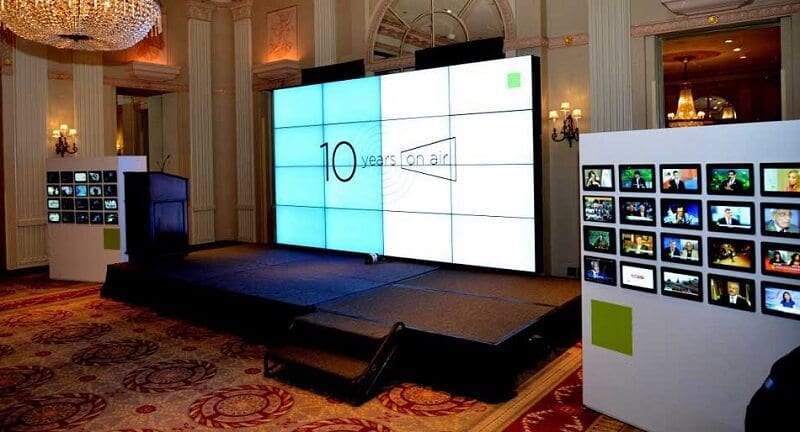Exploring the Key Elements That Influence Color Uniformity in LED Panel Screens for Optimal Display Performance
Exploring the Key Elements That Influence Color Uniformity in LED Panel Screens for Optimal Display Performance
Blog Article
Hue consistency in light-emitting diode wall screens is essential for achieving optimal visual output. LED wall panels are commonly used in multiple environments, including concerts, conferences, and advertising showcases. When the hues on these panels are consistent, they create a more captivating and enveloping experience for audiences. Several critical factors affect hue consistency, including the quality of the LED components, tuning procedures, and environmental conditions.
The quality of the LED elements plays a major role in color consistency. Various types of light-emitting diodes produce light at different frequencies, which can influence the total color output. Premium light-emitting diodes are designed to produce a more consistent light spectrum, resulting in improved hue accuracy. Additionally, the production process of these LEDs can affect their performance. Panels made with high-grade materials and techniques tend to have fewer hue variations, ensuring that the displayed pictures and footage look lively and faithful to reality.
Tuning is another essential element in preserving hue consistency in light-emitting diode wall panels. Tuning entails adjusting the settings of the screen to make certain that the colors shown align the intended design. This procedure can include adjusting luminosity, contrast, and color equilibrium. Frequent tuning is necessary, especially in environments where illumination factors change frequently. By calibrating the screens, specialists can correct any discrepancies in hue result, leading to a more consistent viewing encounter.
Surrounding conditions also affect hue uniformity in LED wall panels. Factors such as surrounding light, heat, and humidity can influence how colors are seen. For example, intense ambient light can wash out colors, making them look more vibrant. Similarly, extreme heat can influence the performance of the LEDs, leading to hue changes. To reduce these issues, it is essential to place light-emitting diode wall panels in controlled environments where illumination and temperature can be controlled efficiently.
Finally, the design and layout of the LED wall screens can affect hue uniformity. The arrangement of the panels, as well as the distance from which they are viewed, can create differences in hue perception. When screens are placed too distant like this apart or at varied angles, viewers may notice inconsistencies in hue. To obtain the best optical performance, it is important to take into account the positioning and arrangement of the screens during installation. By addressing these factors, operators can guarantee that their light-emitting diode wall panels deliver a consistent and high-quality visual experience.